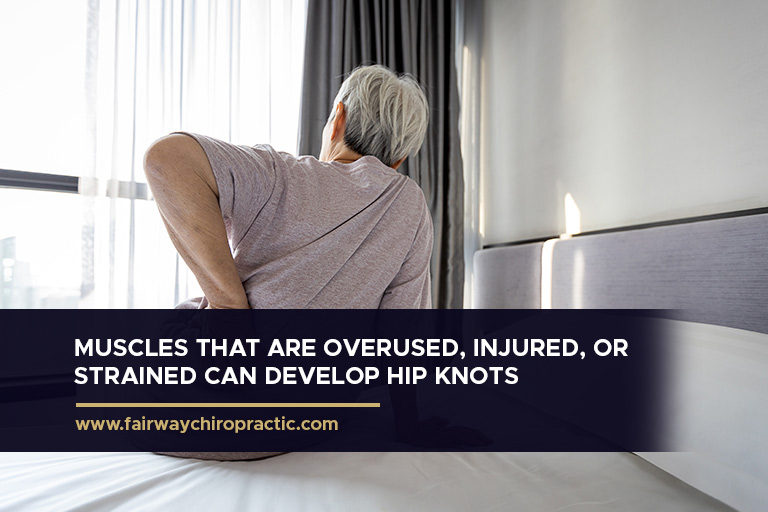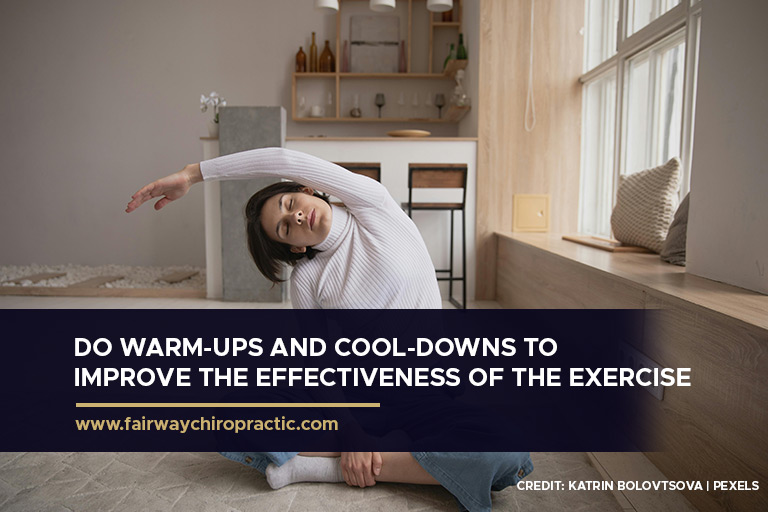Deep hip knots can be a source of significant discomfort, affecting mobility, posture, and overall well-being. For athletes and individuals engaging in regular fitness activities and exercises, addressing these knots is crucial for maintaining optimal performance and preventing injury. Lacrosse ball techniques offer a targeted, effective method for deep hip knot release, complementing professional chiropractic care.
Releasing your hips can also help greatly to relieve back pain and knee pain.
We offer a guide on advanced strategies to use a lacrosse ball for alleviating tightness and pain in the hip area, facilitating improved flexibility and function.
Understanding Hip Knots

Hip knots, or myofascial trigger points, are tight, painful spots in the muscle that can radiate pain to surrounding areas. These knots form when muscles become overused, injured, or strained.
-
Causes
Factors contributing to the formation of hip knots include:
-
Repetitive Movements
Engaging in activities that involve repetitive hip motions can stress the muscles, leading to knots.
-
Poor Posture
Sitting or standing in improper positions for prolonged periods can cause imbalances in the hip muscles.
-
Stress
Emotional stress can lead to physical tension, particularly in the hips, where many tend to hold stress.
-
Lack of Movement
Sedentary lifestyles contribute significantly to the formation of hip knots due to the lack of muscle use and flexibility.
-
Injury
Traumatic injuries to the hip or surrounding areas can cause compensatory patterns that lead to knot formation.
-
Vertebral Subluxations
Essentially, this is a short circuit in your nervous system. Joints in the spine which are subluxated (misaligned) cause an interference (like a breaker switch being turned off in your electrical panel) in the electrical system of your body which connects your brain to your hip muscles via your spinal cord. When your hip muscles are not getting full voltage of power, they are going to tire out more quickly. So… If you are finding that your hip problem keeps returning despite performing the lacrosse ball exercise – then you likely have a short circuit in your nervous system that needs to be addressed by a chiropractor.
-
Symptoms and Locations
-
Pain and Tightness
-
Manifesting as a sharp pain or a dull ache, particularly when pressing on specific points around the hip.
Also Knee pain and ‘Sciatica’-like pain is common from knots in your hip.
-
Reduced Mobility
Difficulty in performing movements that involve the hip joint, such as squatting or lunging.
Lacrosse Ball Techniques for Hip Knot Release
-
Why a Lacrosse Ball?
-
Firmness
-
It’s firm, so it can really get into those nasty knots deeply.
-
Grippy
It’s made of rubber, so it doesn’t slide off the wall when using it (like a tennis ball, or plastic ball does)
-
Size
Just the right size to get into spots that the foam roller can’t.
According to the results of a study published in the National Institute of Health, “… if activated maximally, the deep hip muscles can change the direction of hip loading away from commonly damaged areas of acetabular cartilage”, which is a strip of durable cartilage and connective tissue that surrounds the edge of the hip socket. This minimizes injuries.
Here’s what you need to know:
-
Gluteal Release
-
Positioning
Lean against the wall with the lacrosse ball under pinned between the wall and your glute (hip muscles).
-
Finding the Knot
Gently shift your weight around until you find a tender spot.
-
Pressure Application
Once located, apply gentle pressure by leaning into the ball – the farther away your feet from wall = more pressure against the ball. Hold for 15-30 seconds, or until a release is felt.
-
Movement
Slowly move your body by squatting slightly up and down, or side to side in a controlled manner to massage deeper layers of the muscles, and from different angles.
-
Hip Flexor Release
-
Lying Down
-
Lie face down and place the lacrosse ball just below your hip bone.
-
Pressure and Hold
Shift your weight onto the ball, targeting the tender spot. Hold, applying steady pressure.
-
Rolling Motion
Gently roll the ball along the hip flexor area, pausing at spots of increased tightness.
-
IT Band Release
-
Side Positioning
-
Lie on your side, with the lacrosse ball positioned under your IT band, midway between your hip and knee. Prop yourself up onto your elbow as if you were going to do a side-bridge exercise, that way you can control how much body weight goes onto the ball.
Or, do this up against the wall instead.
-
Rolling Technique
Focus on the TFL muscle (Tensor Fascia Lata) It’s the very side of your hip, as opposed to the buttock region. I wouldn’t bother trying going down the entire ITBand with the lacrosse ball – a foam roller works better for this. But releasing this muscle is like unwinding the peg of a guitar string which decreases it’s tension.
-
Pressure Points
Focus on areas that feel particularly tight or painful, applying pressure for up to a minute before moving on.
Post-Technique Care
-
Stretching
After using the lacrosse ball, engage in static stretches focusing on the hips to further promote flexibility and prevent tightness from returning.
-
Hydration
Drinking plenty of water helps to flush out toxins released from the muscles during the self-massage process, aiding in recovery.
-
Rest and Recovery
Allow adequate rest between sessions to let the body recover, especially if there’s any soreness after using the lacrosse ball.
Tips for Maximizing Effectiveness

To ensure the lacrosse ball techniques yield the best results in releasing hip knots, consider the following tips:
-
Start Gently
Begin with light pressure and gradually increase as your muscles relax and can tolerate more. This approach helps prevent injury and makes the process more comfortable.
-
Breathe!
The more relaxed you can be, the more the ball can get in deeper to release that tension.
-
Use Controlled Movements
Rather than erratic or fast movements, use slow, controlled motions to move the ball across the muscle. This method allows for deeper penetration into the muscle tissue.
-
Incorporate Stretching
After using the lacrosse ball, perform stretches targeting the hips to further enhance flexibility and prevent the formation of new knots.
-
Adjust Frequency According to Need
While daily practice is beneficial, your body’s needs may vary. Pay attention to how your hips feel and adjust the frequency and intensity of the lacrosse ball techniques accordingly.
Not too often on the same day – generally 1-2x/day maximum. This is so you don’t bruise the muscles, and allow for healing to take place between session.
-
Combine with Strength Training
Strengthening the muscles around the hips can help prevent the recurrence of knots by improving stability and reducing the likelihood of injury.
-
Monitor Your Posture
Regularly check and correct your posture, especially if you spend long periods sitting. Ergonomic adjustments to your workspace can significantly impact hip health.
-
Seek Professional Guidance
If you’re unsure about a technique or if hip knots persist, consulting with a healthcare professional, such as a chiropractor, can provide personalized advice and treatment.
Integrating professional chiropractic care can offer adjustments that further alleviate discomfort and enhance mobility. And most importantly ensures that your muscles are getting full voltage of power via your nervous system by reducing vertebral subluxations (as described earlier in this article)
-
Engage in Regular Physical Activity
Incorporate fitness activities and exercises that promote overall muscle strength and flexibility. Activities such as walking, swimming, or cycling can be particularly beneficial for hip health.
-
Listen to Your Body
Recognize the difference between therapeutic discomfort and pain. If using the lacrosse ball causes sharp or increasing pain, stop and seek professional advice.
For those seeking to elevate their wellness journey and tackle deep-seated hip discomfort, integrating advanced lacrosse ball techniques into a broader care regimen is a proactive step forward.
Coupled with professional guidance from Fairway Chiropractic Centre, individuals can achieve remarkable improvements in mobility, flexibility, and overall quality of life.
Ready to unlock the full potential of your hip health?
Contact Fairway Chiropractic Centre to explore how chiropractic care can complement your self-care practices, ensuring you remain active, pain-free, and fully engaged in all your chosen activities.
Call 519-748-5535 today.











